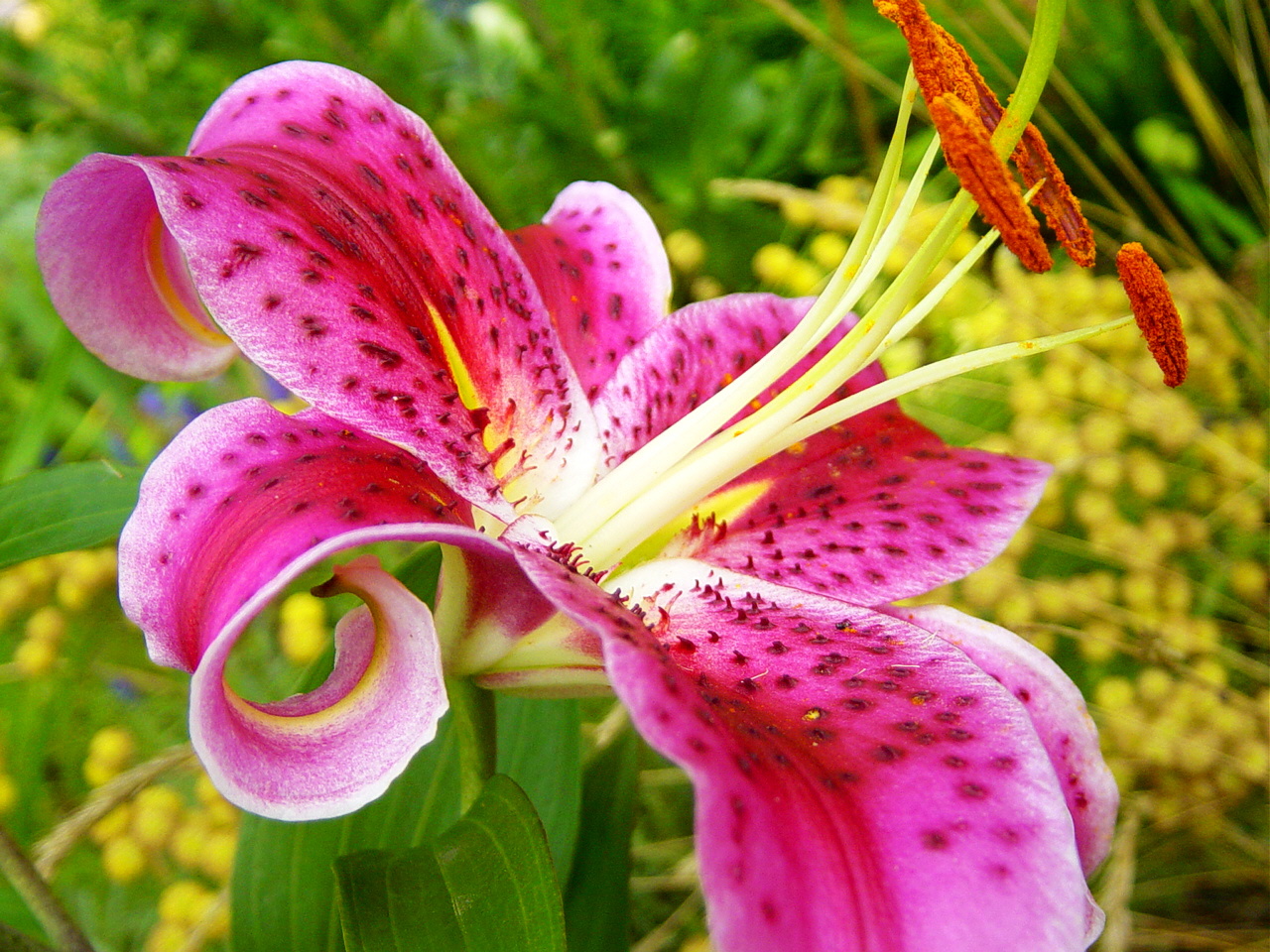 |
| The Richest Biodiversity |
 |
| The Blogging Project |
Preparing for each blog, honestly, was not easy. Some were more difficult that others. We thought about how our blog can be different. Frankly, when we entitled our blog “A Date With Mother Nature”, we didn't have an idea how we were going to develop it. Then late into the evening of the first major post, we thought – why not develop the diary as a real date – but using the assigned topics of the Urban Guru. Then ideas came by more easily. One thing consistent was staying up late, trying to perfect each post before that deadly 12 midnight deadline. We would meet up as a group to talk and discuss about the upcoming posts. We gave each other assignments. It wasn't always easy getting inputs from everyone but we managed to do so. When our post won Best Post, the SDJSs became more fired up and engaged. We used that momentum to think through and make the next posts even more creative than the first one. Because there were other school requirements, we were not always able to meet as a group. So we would call, email, chat non-stop.
One of the difficult moments was when one of the members accidentally misplaced the “Trip Chart”. To fix this, we researched once more on all the organisms on that “Trip Chart” - a mistake we could all learn from. Despite all these problems, the SDJSs had a most unforgettable time with the challenges.
 |
| Going Global! |
The Blogging Project CEO, as is, is already amazing and unforgettable. To further improve its awesomeness, future bloggers can maybe expand the variety of topics and ideas to write about. With this, more kinds of readers will get interested to view one's blog. Maybe each group can be assigned a different topic so the readers will learn more about various aspects. But we all agree that this was one learning experience that stretched our abilities, imagination, writing skills (dictionaries and thesauruses were never so used as they were during this time), team work, and reflecting.
The learning about Science and about Life was numerous. Our minds were definitely filled with all the research and creative thinking. But most importantly, we realized that the biodiversity is not only the breathtaking view of the Philippines but our eyes were opened to the fact that that rich biodiversity was TLT Batch of 2010-2011. Each one was different and special in his or her own unique image. The differences in everyone is what makes the biodiversity richer. Consider the richness of talent as seen in the various groups and blogs of the batch:
- In Blogitty Blog-Blog, we all saw all the perseverance they had ever since the announcement of this project to the last second of cooking up the final post.
- The pictures and graphics of RECaJiInna were exquisite! They were undoubtedly captivating, fascinating and attention grabbing. What 'picture-perfect' photos!
- We were really in awe with the witty titles of A Walk Through Biodiversity. It gives more 'spice' and makes one excited to read more and each section of their blog.
- All of us noticed and admired their 'never give up' attitude of the Science Explorers during the poll for the People's Choice. They came from behind but just kept on going further until they landed on the top 2 spot!
- The Science Adventurers have been very convincing with their posts because of their use of interesting information and data about the different matters.
- The 'Adventures of The Earth Trotters' had much insight and reflection in their posts! We also whole-heartedly agree with their comments on the “urban gurU”. We always had a blast reading their posts.
- The Science Gurus always had a way of creatively capturing the attention of the readers either by graphics or significant quotes. They always knew the right words to say, especially in the end.
- Last but certainly not the least. The urban gurU a.k.a. Sir. Where shall we begin? Let's attempt using a comparison. Like the Museum of National History, Sir is full of surprises! Each corner of the museum showed different perspective of our rich biodiversity, just like Sir who manages to teach us various scientific topics using different tools. Like the Makiling Botanical Garden that we thought was going to be a hoe-hum experience, Sir livens up the topics that he lectures on to his students by interactive activities, fresh challenges and mind-boggling projects (like this one!).
 |
| Forked Roads |
So now we can see how diverse our batch is- and how it is composed of unique and creative individuals that build up one another instead of pulling one down. We all are here to build, not to destroy; to help, not to ignore; to support, not to tear down. Our Father has blessed us with this beautiful adventure. From the meeting of each other on the first day of class, to the lectures in class, to those tightly-packed schedules, and sleep-depriving projects, we enjoyed every single part of our days in our beloved second home, with our beloved teachers. However, like many adventures, the trail has forked- each of us will travel our own respective roads, armed with the lessons that we have been molded with and most importantly, with the ever watchful eyes of our loving Father.
 |
| A Lamp Unto My Feet |
Signing off dear readers,
Gabbie
Marielle
Caitlin
Toni
James
Super Duper Junior Scientists
























